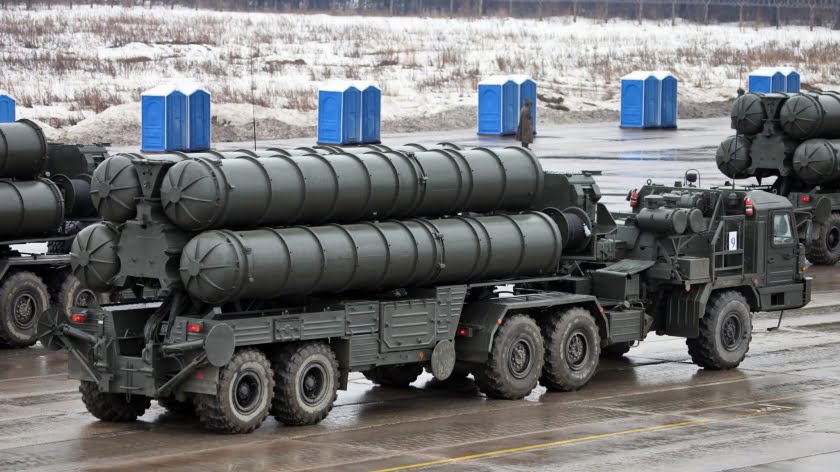Numerous studies show that one nation dominates above all others as a steady source of jihadists: Saudi Arabia.
On 15 July 2007. the Los Angeles Times headlined from Baghdad
“Saudis’ Role in Iraq Insurgency Outlined: Sunni extremists from Saudi Arabia make up half the foreign fighters in Iraq, many suicide bombers, a U.S. official says”.
Ned Parker reported there: “Although Bush administration officials have frequently lashed out at Syria and Iran, accusing it of helping insurgents and militias here, the largest number of foreign fighters and suicide bombers in Iraq come from a third neighbor, Saudi Arabia, according to a senior U.S. military officer and Iraqi lawmakers. About 45% of all foreign militants targeting U.S. troops and Iraqi civilians and security forces are from Saudi Arabia; 15% are from Syria and Lebanon; and 10% are from North Africa, according to official U.S. military figures made available to The Times by the senior officer. Nearly half of the 135 foreigners in U.S. detention facilities in Iraq are Saudis, he said“.
A December 2007 study by West Point Military Academy,
“Al-Qa’ida’s Foreign Fighters in Iraq“, found that, “Saudi Arabia was by far the most common nationality of the fighters’ in this sample; 41% (244) of the 595 records that included the fighter’s nationality indicated they were of Saudi Arabian origin”. Almost half of those 41% came from two cities: Riyadh, the political capital; and Mecca, the religious capital. 56% of jihadist recruits were assigned to be “
suicide bombers“; 42% were assigned to be “
fighters“.
This study also summarized the findings by earlier studies, most of which had found likewise that Saudi Arabia was by far the champion source, such as
a 2005 Israeli study by Reuven Paz, which examined Iraqi jihadist websites during a two-month period, and found 154 ‘martyrs’ celebrated, of whom 61% were Saudis.
A June 2014 study,
“Foreign Fighters in Syria“, by Richard Barrett of the Soufan Group, found that, based upon the official estimates of governments regarding the approximate number of their citizens who had left to fight abroad as jihadists, Tunisia and Saudi Arabia were by far the main suppliers, comprising, almost equally between the two of them, about 45% of the approximately 11,000 foreign jihadists fighting in Syria.
A September 2016 study by the Lowy Institute for International Policy,
“Foreign Fighters in Syria and Iraq“, was exceptional, in that it reported the predominance of Tunisian jihadists:
According to open source analyses of available foreign fighter statistics, 12 countries make up at least 75 per cent of the foreign fighter contingent in Syria. Tunisia (with 6000–7000 fighters), Saudi Arabia, Jordan, Turkey, and Russia (around 2500 each), and France and Morocco (1500–1700 each) account for the bulk of the source countries. Indonesia, Egypt, the United Kingdom, Germany, and Lebanon are estimated to have provided between 500 and 1000 fighters each.
After the 2011 revolution in Tunisia, the country’s fundamentalist Sunnis (called ’Wahhabis’ inside Saudi Arabia, and ’Salafis’ everywhere else) — who everywhere constitute the vast majority (if not all) of jihadists — were virtually driven out; and thousands of them were attracted to Syria and Iraq, so as to live and die there in the way that they had wished everyone to live and die in Tunisia: to establish in those lands the Islamic dictatorship that they had been rejected by Tunisia for propounding after the revolution.
On 28 March 2016, George Packer in the New Yorker headlined
“Exporting Jihad“ and he explained that, “
In 2013, faced with a state crackdown, the Salafis went underground, and young men and women began disappearing… Mohamed, who grew up there, said, ‘The friends I was studying with in high school and boxing with — ninety per cent have gone, and not to Italy. They went to Syria and Iraq. There are no longer any young people.’” This is the reason why there was a sudden burst of jihadists pouring out from Tunisia after 2011.
The Lowy Institute study projected an end soon to ISIS, but warned about the accompanying bad outcome for Western countries:
“the generation of a new cohort of jihadist fighters from around the world. Those fighters are now starting to leave those conflicts, a process that will probably accelerate in the coming months and years, taking with them the lethal skills and connections forged in Syria and Iraq“.
The customary term for this is
“blowback“. Some countries view jihadists as a cheap army of conquest, but others view them as dangerous pests to be simply exterminated. Of course, the countries that view them as a cheap method of conquest are favorable toward, and assisting, only jihadists who are fighting to overthrow their target countries, never their own land. (The Sauds, for example, don’t want any jihadists fighting against themselves.)
Blowback occurs when the “pests” that have been so nurtured, turn around and attack their sponsoring nation. In such instances, the leadership in the attacking nation — that sponsoring nation — needs to make at least a show of attacking and killing some leaders of the renegade group of jihadists who have turned against their own sponsors. Thus, the tactic of sponsoring jihadist armies can get out of control and produce hard-to-predict consequences.
Foreign invasion and occupation involves one nation subjugating and dominating another, and so is a massive increase in inequality that often causes suicide attacks. Political scientist Robert Pape (2006) may overstate the case when he says every campaign of suicide bombing is the result of foreign occupation, but subsequent research confirms that it drastically increases the odds of such attacks (see, e.g., Collard-Wexler et al., 2013 ). A large part of the “humiliation” and “dishonor” that occur during military occupations stems from unwanted contact and invasions of privacy, such as having one’s home searched for weapons or being frisked at a security checkpoint (Hafez, 2007 , pp. 142 145). Invasion causes such severe conflict because it not only increases inequality, but also intimacy, producing a sudden reduction in relational distance (Black, 2011 , pp. 22 23). Thus any foreign presence may spark grievances, even if it does not occur by force.
These resentments can be channeled by the aristocracy into focusing against whatever targets are being preached against by the clergy that the aristocrats fund and provide privileges to. By directing the clergy, the population become channeled into the desired pathways, and jihadists can be manipulated to fight against the desired target.
In this way, jihadists are tools of aristocrats in one country or group of countries, to conquer other countries. But, like any weapons, jihadists must be used with great caution, lest they spark rebellion by the domestic population within the attacking country. This, for example, is the reason why the Presidents of the United States, in both Parties — Bush after 2000, and Obama after 2008 — have been doing everything they can to hide their own participations in perpetrating and-or covering up their sponsorship of jihadists, such as Obama’s co-sponsorship along with the Sauds of ‘moderate’ jihadists in Syria, and
Bush’s co-sponsorship along with the Sauds of Al Qaeda in America.
That fact indicates a likely continuation of the culture of aristocratic immunity, which pervades the current U.S. government. This is what one would expect in an
oligarchy: there are two classes of people —
those who make and stand above and immune from the law, and those who suffer and stand below the law and upon whom it is imposed. It’s the modern version of the master-serf relationship. This describes not only Saudi Arabia, but also the United States, though in different ways, and in differing degrees (because Saudi Arabia is even more of a dictatorship than is the U.S.).
These two nations’ aristocracies are bonded together at the hip. The U.S. President, as their representative (and, of course, especially the representative of America’s aristocracy), is even willing to fight to continue the legal immunity of the Saudi royal family, after 9/11. For some reason, it’s not even hurting him in U.S. opinion polls. Obama apparently has reputational immunity, and not merely legal immunity. He is, after all, protecting not only
the chief financial backers of Al Qaeda and
of other jihadist groups, but also the world’s chief instigators and sources of jihadists.
By Eric Zuesse
Investigative historian Eric Zuesse is the author, most recently, of They’re Not Even Close: The Democratic vs. Republican Economic Records, 1910-2010, and of CHRIST’S VENTRILOQUISTS: The Event that Created Christianity







